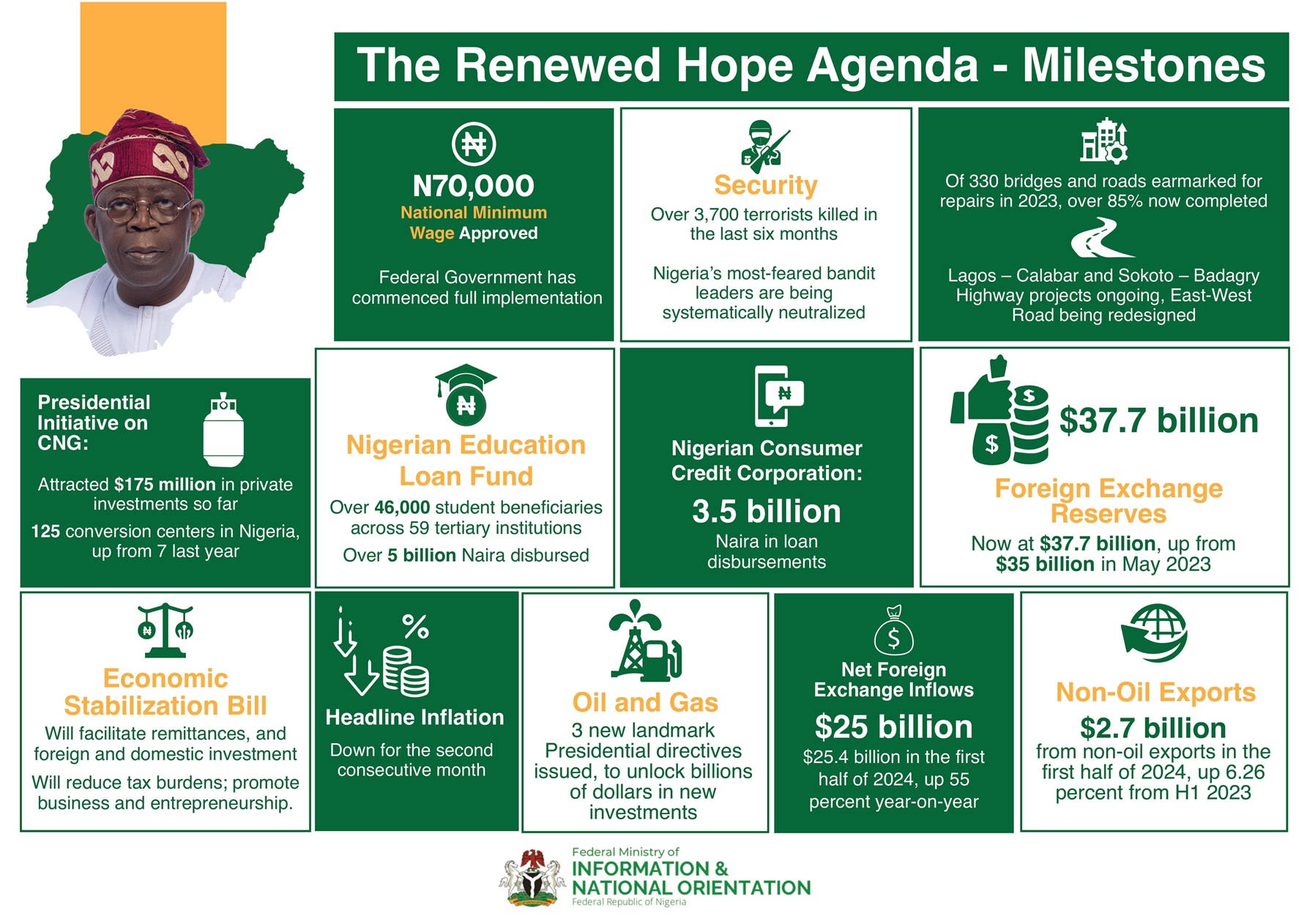The trade war between China and the United States has triggered a global economic slowdown thanks to far-reaching tensions between the world’s two biggest economies. Last Friday China lobbed their most recent retaliation back at the United States by announcing tariffs on an additional $75 billion worth of goods. This is just the most recent counterattack in a now yearlong tit-for-tat spat that has seen both countries confront each other again and again with hard-hitting tariffs (you can see a detailed timeline here) and even culminated in Beijing allowing the Yuan reach its lowest value in years, making Chinese goods cheaper to export and, conversely, making U.S. goods more expensive and therefore less desirable in Chinese markets.
Because of the far-reaching economic implications of the trade dispute, United States president Donald Trump has been put under a great deal of pressure from global leaders to de-escalate tensions with China. In response, Trump has announced that he will soon begin trade talks with Beijing in order to reach an accord and end the trade war, but the reality is not so simple, especially as the U.S. president seems to be talking out of both sides of his mouth.
In a report titled “Trump sends mixed signals on China trade war as pressure mounts to de-escalate” the UK’s Independent points out that, “on Sunday, [President Trump] seemed to express regret over escalating the trade dispute, but the White House later said his only regret was that he didn’t impose even higher tariffs on China.”
Even if Trump does follow through on his public promises to make peace with China, in many sectors of the economy the damage is already done. One of the most recent casualties of the trade war is the Asian petrochemical market, which just hit its lowest profit margin in months. The trade war has seriously diminished China’s demand for petroleum-based plastics and chemicals, as well as discouraging the United States from importing Chinese plastics at the same time, according to reporting by the Business Times.
“The global output capacity for polyethylene,” the Business Times says, “a key ingredient for plastics used in everything from piping to toys, is expected to exceed demand by 3 million tonnes by the end of 2020, compared to overcapacity of 545,000 tonnes in 2019, data from commodity consultancy Wood Mackenzie showed.” And this is just the beginning of the slowdown for petrochemicals, according to Wood Mackenzie’s analysis.
As quoted by the Business Times, principal Wood Mackenzie analyst Ashish Chitalia projects that “In the next two years, the operating rates [of polyethylene units] will be impacted as the capacity additions are faster than the demand addition.” The article goes on to say that “though analysts say polyethylene profit margins are already at their narrowest in around seven years, ballooning supplies could drive them even lower – placing high-cost producers under critical pressure.”
Among the petrochemicals most hurt by the trade war are high-density polyethylene (HDPE), linear low-density polyethylene (LLDPE), and feedstock naphtha. Furthermore, now that Chinese plastic exports to the United States (a hefty annual total of about 3 million metric tons) have been hit with tariffs, many petrochemical companies are looking for new markets outside of the United States.
Exacerbating the issue, this slowdown in petrochemical demand comes at a particularly unfortunate junction, as a new wave of production has just come online in China, South Korea, and Malaysia. Last month Shin Hak Cheol, chief executive of South Korea’s LG Chem, told reporters that “South Korean petrochemical makers expanded their facilities five years ago during a peak time in the petrochemical cycle, and some of those increased supplies have hit the market and will keep coming to the market in 2020.”
The plight of the petrochemical industry is not an isolated case, unfortunately. While China has refrained from putting an outright tax on United States oil, the trade war has nonetheless wreaked serious havoc across the energy industry as a whole. In fact, the energy market was the absolute worst performer on the S&P 500 Index at the beginning of this month, and economists say that, much like in the petrochemicals market, the worst is still to come.
- By Haley Zaremba for Oilprice.com, August 27, 2019

